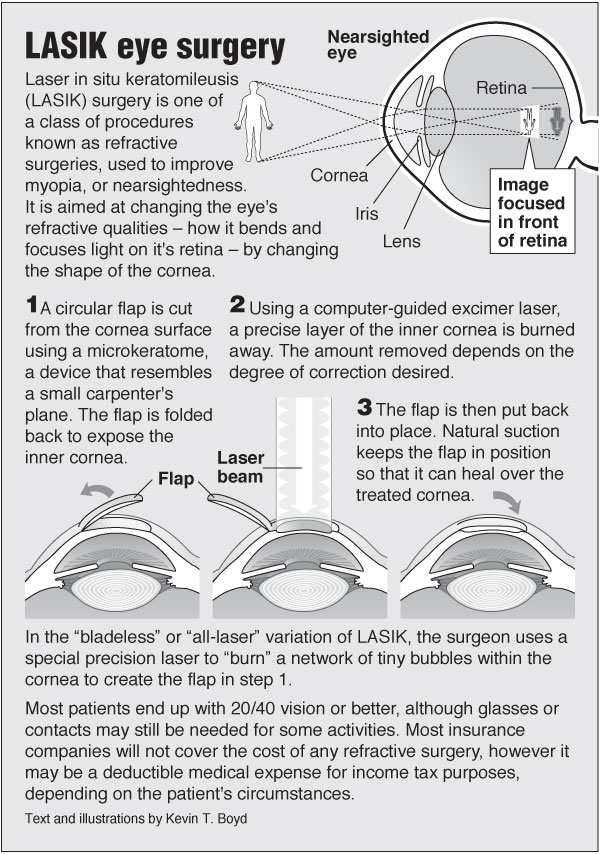A Thorough Evaluation Of Modern Cataract Surgical Treatment Techniques
A Thorough Evaluation Of Modern Cataract Surgical Treatment Techniques
Blog Article
Published By-Mendoza Olson
As you explore the evolution of advanced cataract surgery methods, you'll witness a trip marked by ingenuity and accuracy. From ancient methods that paved the way for contemporary advancements to sophisticated modern technologies that are transforming the field, the extensive introduction of cataract surgery methods is a testament to human progress and dedication to improving patient results. The elaborate interplay in between historic strategies and futuristic improvements develops an appealing story that sheds light on the development of one of one of the most typical surgeries worldwide.
Historical Techniques and Developments
Explore exactly how very early doctors changed cataract therapy by employing ingenious strategies and tools. In the past, cataract surgery was a dangerous and agonizing treatment. Nonetheless, ancient Indian doctors were amongst the first to try surgical treatments for cataracts, using a technique called 'couching' where a sharp instrument was used to press the cataract back into the eye. This method, though crude by today's requirements, prepared for future developments in cataract surgical treatment.
As time proceeded, Arab physicians made significant contributions by establishing specialized needles for cataract removal. These needles were utilized to pierce the cataract and then extract it from the eye, marking a substantial renovation in medical precision.
Later on, in the 18th century, the French cosmetic surgeon Jacques Daviel pioneered the technique of extracapsular cataract extraction, where the entire lens was removed undamaged via a bigger cut. This noted a significant advancement in cataract surgery methods, leading the way for the modern-day treatments we make use of today.
Modern Surgical Approaches
Early methods in cataract surgical treatment have actually evolved dramatically, leading to the advancement of modern surgical techniques that prioritize precision and improved person outcomes. Modern cataract surgical procedure now frequently involves a treatment called phacoemulsification, where an ultrasonic device breaks up the cataract for elimination via a tiny cut. This technique enables quicker recovery and reduces the threat of problems contrasted to older methods.
Additionally, the use of sophisticated intraocular lenses (IOLs) has reinvented cataract surgery end results. https://www.dovepress.com/safety-and-indicative-effectiveness-of-porcine-corneal-lenticular-impl-peer-reviewed-fulltext-article-OPTH can fix not just the cataract yet additionally various other refractive mistakes like astigmatism, minimizing the requirement for glasses post-surgery.
Surgeons today also have accessibility to advanced imaging innovations that aid in accurate preoperative planning and intraoperative decision-making. how long does it take to see normally after cataract surgery (OCT) and various other imaging modalities provide in-depth images of the eye's frameworks, allowing for an extra personalized technique to each client's surgery. With these improvements, modern-day cataract surgical procedure methods remain to improve, providing clients more secure treatments and far better visual results.
Arising Technologies in Cataract Surgery
With innovations in modern technology revolutionizing the area, cataract surgery is witnessing the assimilation of innovative methods for boosted client outcomes. Arising innovations in cataract surgical treatment are improving the landscape of ocular procedures. One such innovation is femtosecond laser innovation, which enables accurate corneal cuts, capsulotomies, and lens fragmentation, resulting in improved medical precision and end results.
In addition, intraoperative aberrometry is getting popularity, enabling real-time dimensions of refractive errors throughout surgical procedure to boost intraocular lens power calculations and minimize postoperative refractive surprises.
In addition, the use of advanced imaging modern technologies like optical comprehensibility tomography (OCT) and intraoperative wavefront aberrometry help specialists in precise surgical planning and implementation. These tools provide comprehensive anatomical information and help tailor medical approaches for each patient's one-of-a-kind eye attributes.
In addition, advancements in artificial intelligence are being checked out to aid in preoperative preparation, intraoperative decision-making, and postoperative treatment, possibly optimizing medical results and individual satisfaction. Welcoming these arising modern technologies in cataract surgical procedure holds promise for further boosting client end results and guaranteeing the proceeded advancement of ophthalmic medical strategies.
Final thought
As you trip via the background of cataract surgical treatment, you witness the improvement from old practices to innovative technologies. Like a phoenix metro climbing from the ashes, cataract surgical treatment has actually progressed into a beacon of hope and advancement.
Just as a caterpillar emerges from its cocoon as a stunning butterfly, cataract surgical procedure has progressed right into a refined art form, offering individuals clearer vision and a brighter future.
The evolution continues, shining a light on unlimited opportunities.
